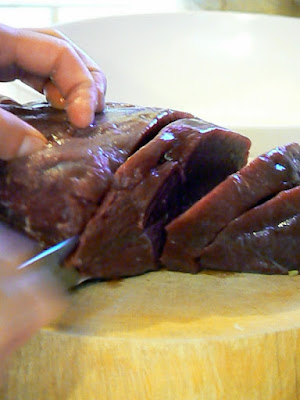
Adjust your monitor for photographs, click on the photo so that it enlarges, and take a look. This is an LZ above Indian Creek in Utah. Notice how the wet Navajo Sandstone really shows it’s colour? Great Photo by Scott Lambert.
Remember the description of the blog says, “or maybe not”, as in “ Travel, Food and Other Things Connected to Laos and Laotians,,,,,, or maybe not” well this is that “or maybe not“ part. Actually there is a tenuous link in that one of the first pilots I knew flew for Air America in Laos, I have no idea what kind of aircraft he flew, from what I gather he was in a few different kinds of fixed wings.
I like Lamas. A Lama besides being a filthy animal that looks like a goat and spits, is also the helicopter with the world's altitude record, for thirty five years running. We used to say that at lower elevations below 12,000 feet, the engine was governed down so as to not tear the blades off with the excess power. Who know if it’s true. The three blades are wide for grabbing lots of air, and the fuselage has no skin so the cross winds can blow through the aircraft and to save weight.
A lot of helicopters will first get some forward speed up before gaining altitude or else they are very sluggish going up from a hover. When the pilot pulls up the collective on a Lama the aircraft feels like it’s a yo yo at the end of some giant’s string. It goes up in a hurry.
If you are waiting to get picked up, on the lee side of an avalanche break to get out of the snow that‘s blowing sideways, sixty miles from a road, with night time temperatures dropping out of site, and winds gusting to seventy from a stationary lenticular cloud, there’s nothing to compare. Just the sound of a Lama is enough to remind you of warm hotel rooms, chicken fried steaks, and all the other thoughts that come at the end of the day.













